Take the First Step For Estimate!
- Accurancy
- Efficiency
- Transparency
- Customization
- Time Saving
- Professionalism
- Cost Control
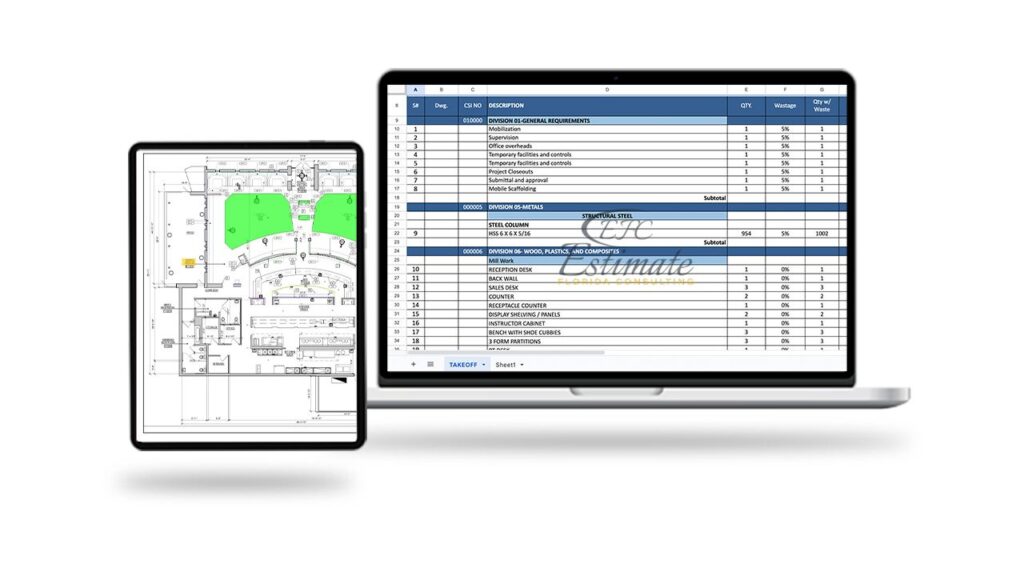
What’s the cost of replacing flooring in a corporate office? The impact of new flooring on an office goes beyond aesthetics, significantly enhancing functionality. Costs vary with material choice and project scale. Commercial-grade carpeting could run from $3 to $7 per square foot. For those preferring a wood-like finish without the hefty price tag, luxury vinyl tiles or planks offer a cost-effective solution at $2.50 to $5.00 per square foot. Meanwhile, engineered hardwood or natural stone provide upscale finishes at $8 to $20 per square foot.
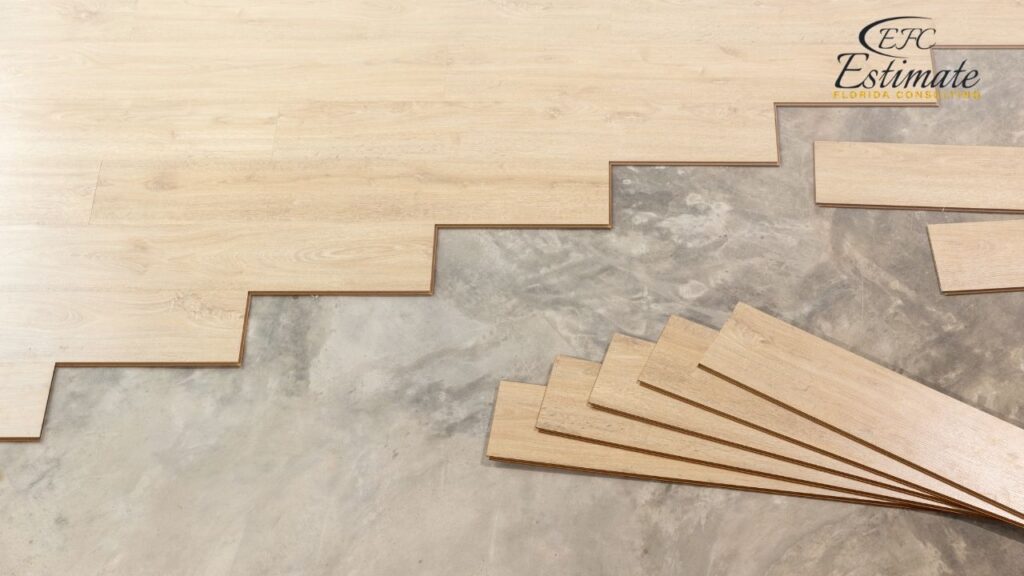
So, for a 10,000-square-foot office, you’re potentially looking at anywhere from $25,000 for vinyl options to $200,000 for premium materials. This investment not only refreshes your space but makes it more functional and inspiring, highlighting the need for careful planning and budget allocation.

Flooring Material | Cost per Sq.Ft. | Total Cost for 10,000 Sq.Ft. |
Commercial-grade Carpeting | $3 – $7 | $30,000 – $70,000 |
Luxury Vinyl Tiles/Planks | $2.50 – $5.00 | $25,000 – $50,000 |
Engineered Hardwood | $8 – $20 | $80,000 – $200,000 |
Natural Stone | $8 – $20 | $80,000 – $200,000 |
Transforming corporate spaces through flooring replacement is a strategic investment, with costs largely dependent on material choices and the scale of the project. For a typical office space of 20,000 square feet, installing modern vinyl or laminate can range from $4 to $8 per square foot, amounting to $80,000 to $160,000. Opting for luxury materials like hardwood or high-end tiles could elevate costs to $10 to $20 per square foot, translating to a total of $200,000 to $400,000, ensuring a transformation that marries form with function.
Flooring Material | Cost per Sq.Ft. | Total for 20,000 Sq.Ft. |
Vinyl/Laminate | $4 – $8 | $80,000 – $160,000 |
Hardwood/High-end Tiles | $10 – $20 | $200,000 – $400,000 |
Upgrading office flooring is as much about aesthetics as it is about durability and maintenance. Budgeting for this enhancement means considering both initial costs and long-term value. Economical options like carpet tiles may cost between $3 to $6 per square foot, with a total project cost of $60,000 to $120,000 for a 20,000-square-foot area. More premium options, such as engineered wood, could push the budget to $8 to $15 per square foot, or $160,000 to $300,000, ensuring a blend of beauty, durability, and ease of maintenance that reflects the company’s brand.
Flooring Option | Cost per Sq.Ft. | Total for 20,000 Sq.Ft. |
Carpet Tiles | $3 – $6 | $60,000 – $120,000 |
Engineered Wood | $8 – $15 | $160,000 – $300,000 |
Navigating the maze of flooring options for office renovations requires a careful balance between cost, functionality, and aesthetic appeal. For businesses renovating a space of 10,000 square feet, choices range from durable and cost-effective vinyl flooring at $2 to $5 per square foot, totaling $20,000 to $50,000, to more upscale and aesthetically pleasing options like natural stone, which could cost $15 to $30 per square foot, amounting to $150,000 to $300,000. This investment significantly influences the workspace’s ambiance and functionality, making it a critical decision in the renovation process.
Flooring Type | Cost per Sq.Ft. | Total for 10,000 Sq.Ft. |
Vinyl | $2 – $5 | $20,000 – $50,000 |
Natural Stone | $15 – $30 | $150,000 – $300,000 |
The choice of flooring material is a critical factor influencing replacement costs, with options ranging from traditional carpet tiles to modern luxury vinyl tile (LVT), each offering unique characteristics and cost implications. Carpet tiles are renowned for their sound absorption properties and underfoot comfort, making them a popular choice for office environments seeking noise reduction and ergonomic benefits. However, the initial cost of carpet tiles may be lower compared to other materials, but long-term maintenance and replacement costs should be considered due to potential wear and tear issues.
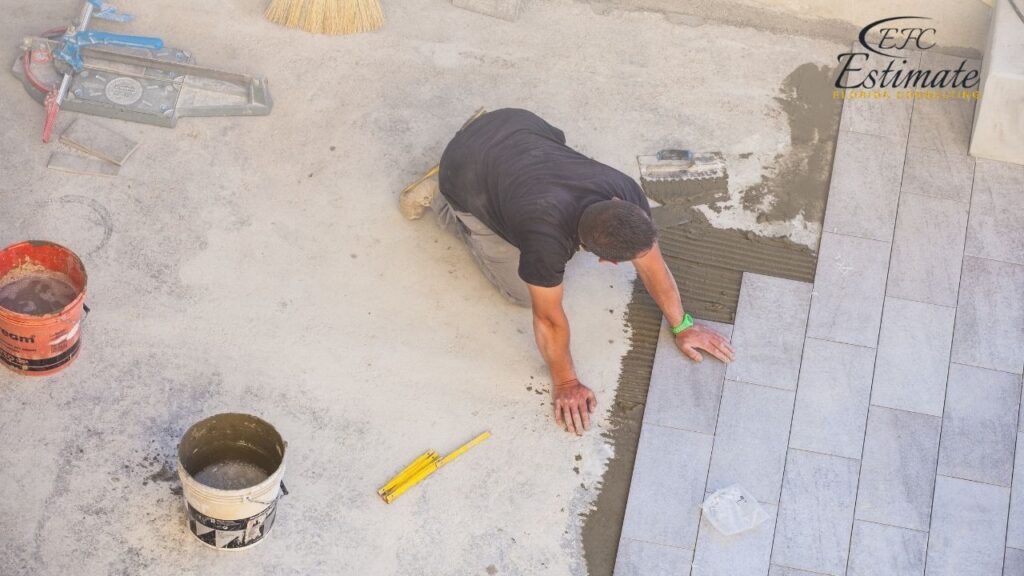
On the other hand, luxury vinyl tile (LVT) has gained popularity for its exceptional durability, ease of maintenance, and versatility in design options. While LVT may have a higher upfront cost than carpet tiles, its long-term performance and minimal maintenance requirements often result in lower overall lifecycle costs. Additionally, LVT offers a wide range of aesthetic possibilities, including wood and stone finishes, allowing office spaces to achieve a premium look without compromising on functionality or budget. Therefore, the choice of flooring material should be carefully evaluated based on factors such as performance requirements, maintenance considerations, and budget constraints to ensure optimal value and satisfaction over the lifespan of the flooring.
The size of the office space is a fundamental determinant of replacement costs, with larger areas naturally incurring higher material and labor expenses. Larger office spaces require more flooring materials to cover the expansive floor area, resulting in increased material costs. Additionally, the complexity of installation and the time required for labor may escalate with the size of the space, further contributing to overall replacement costs. Moreover, larger office spaces may present logistical challenges, such as moving furniture and equipment, which can incur additional expenses. Therefore, accurate measurement and assessment of the office space are essential for budget planning and cost estimation, ensuring that replacement costs are aligned with the project scope and objectives.
Design and aesthetic considerations play a significant role in flooring replacement costs, particularly when custom designs and higher-end materials are desired. Custom designs, intricate patterns, and specialty finishes can add complexity to the installation process, requiring skilled labor and specialized techniques, which may result in higher labor costs. Similarly, premium materials such as natural hardwood or designer tiles command higher prices than standard options, contributing to increased material costs. Additionally, the selection of flooring materials and designs can impact the overall aesthetic appeal and brand image of the office space, influencing stakeholders’ perceptions and satisfaction. Therefore, while design flexibility offers opportunities for creativity and differentiation, it is essential to weigh the associated cost implications and align design choices with budgetary constraints and project objectives.
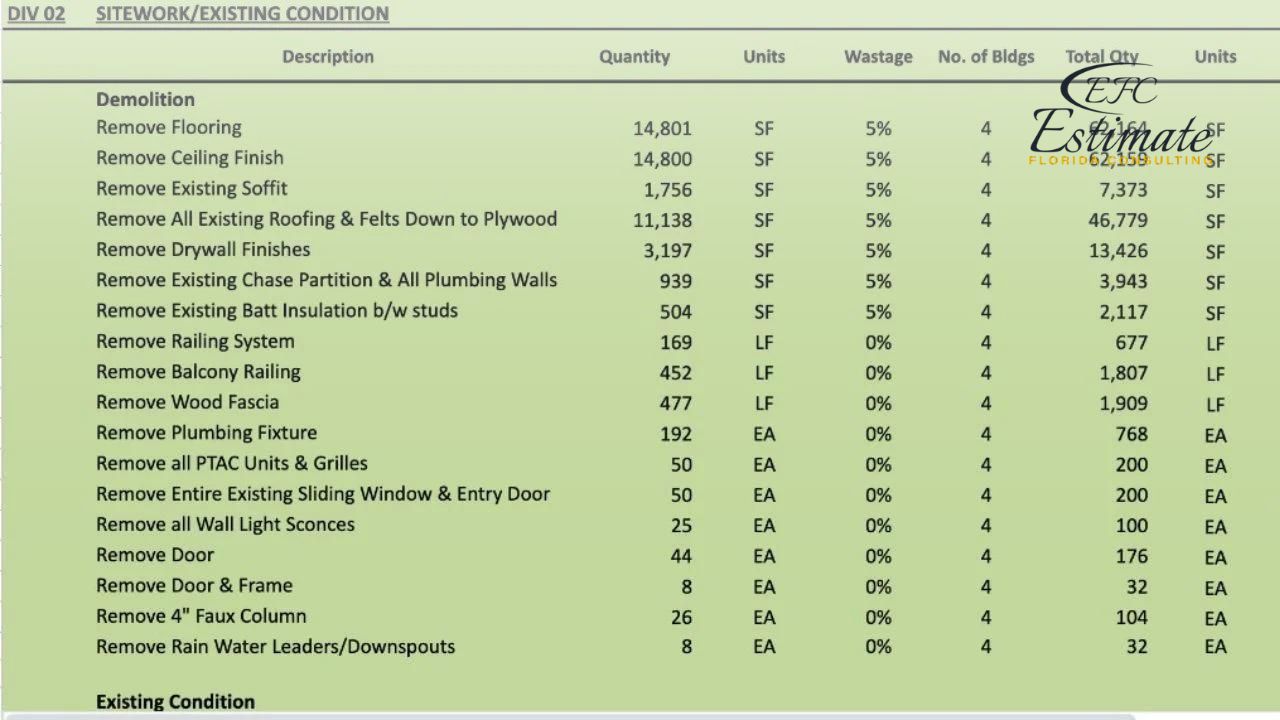
ZIP Code Based Estimate
Highly Accurate

Fully Insured License Hire Contractor for Corporate Offices Flooring Replacement
Hire Contractor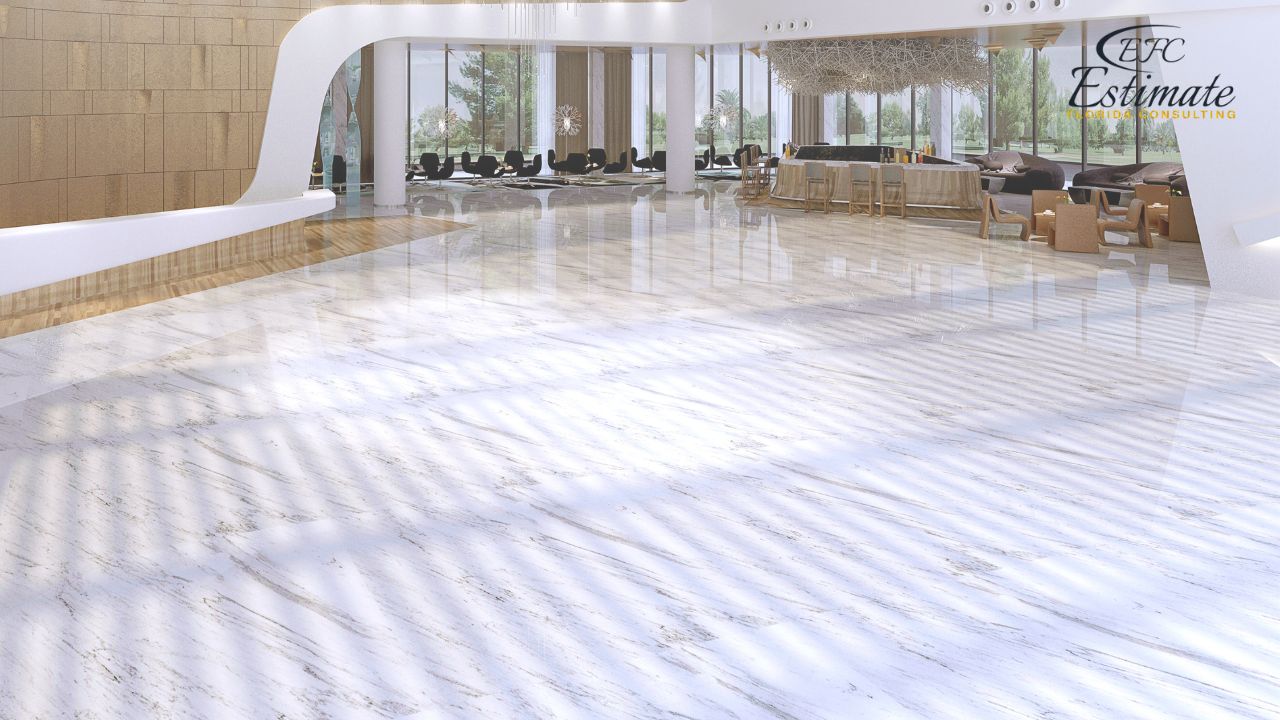
Make Informed Design Decisions Showcase Your Design Ideas
Get RenderingLabor costs and installation time are significant factors influencing flooring replacement costs, as they vary based on the complexity of the installation and local labor rates. Skilled labor is essential for ensuring proper installation and optimal performance of the flooring materials, and labor rates may vary depending on factors such as geographical location, market demand, and the availability of qualified installers. Additionally, the complexity of the installation, such as irregular floor layouts or intricate designs, may require more time and expertise, leading to higher labor costs. Therefore, accurate assessment of installation requirements and obtaining competitive bids from reputable contractors are essential for managing labor costs effectively and ensuring quality workmanship within budgetary constraints.
Furniture and equipment handling during flooring replacement can significantly impact project costs, as moving and protecting office assets require additional time, labor, and resources. Disassembling, relocating, and reinstalling furniture and equipment involves careful coordination and planning to minimize disruption to business operations and prevent damage to valuable assets. Furthermore, temporary storage solutions and protective measures, such as floor coverings and padding, may be necessary to safeguard furniture and equipment during the replacement process, adding to the overall project costs. Therefore, proactive management of furniture and equipment handling considerations is essential for minimizing expenses and ensuring a smooth and efficient flooring replacement project.
Proper disposal of old flooring materials is an essential aspect of the replacement process, but it can incur significant costs depending on the type of material and local regulations. Disposal fees may vary based on factors such as the volume of material, transportation logistics, and disposal site requirements. Additionally, environmentally conscious disposal methods, such as recycling or proper hazardous waste disposal, may entail higher costs but contribute to sustainability goals and regulatory compliance. Therefore, accurate estimation of disposal costs and adherence to applicable regulations are critical for budget planning and project execution, ensuring responsible and cost-effective management of old flooring materials.
Carpet flooring is a popular choice for corporate offices due to its comfort underfoot, noise-reducing properties, and aesthetic appeal. It creates a warm and inviting atmosphere while also providing insulation and sound absorption, making it ideal for busy office environments where employee comfort and productivity are priorities. Carpet tiles, in particular, offer additional benefits such as easy replacement of damaged sections, design flexibility through various patterns and colors, and compatibility with underfloor cabling systems.

They allow for quick and cost-effective updates to office spaces without the need for extensive downtime or disruption to operations. Overall, carpet and carpet tiles remain a versatile and practical flooring option for corporate offices seeking a blend of comfort, functionality, and design versatility.
Luxury vinyl tile (LVT) has gained popularity in corporate office settings for its durability, aesthetic versatility, and cost-effectiveness. LVT flooring mimics the look of natural materials such as wood, stone, or ceramic tile but offers greater resilience to wear, moisture, and scratches. This makes it an attractive option for high-traffic areas where durability and ease of maintenance are paramount. Additionally, LVT comes in a wide range of design options, including various colors, patterns, and textures, allowing corporate offices to achieve the desired aesthetic without sacrificing performance. Its relatively low cost compared to natural materials makes LVT a practical choice for corporate offices looking to balance style, durability, and budgetary considerations.
Hardwood and engineered wood flooring add a touch of sophistication and timeless elegance to corporate office spaces. Hardwood flooring is renowned for its natural beauty, warmth, and durability, making it a popular choice for executive offices, boardrooms, and reception areas. While hardwood floors require regular maintenance to preserve their appearance and integrity, they offer unparalleled aesthetic appeal and can enhance the overall ambiance of corporate settings. Engineered wood flooring, composed of multiple layers of wood veneer bonded together, provides similar aesthetic benefits as hardwood but with increased stability and resistance to moisture and temperature fluctuations. Although hardwood and engineered wood flooring may come at a higher initial cost compared to other options, their long-term durability and aesthetic value make them a worthwhile investment for corporate offices seeking to create a refined and professional environment.
So, why wait? Send us your plans and give us a call now. Let’s make your project a success together!

Laminate flooring offers a cost-effective alternative to hardwood while providing durability and ease of maintenance suitable for corporate office settings. Made of multiple layers fused together, laminate flooring is highly resistant to scratches, stains, and fading, making it ideal for areas with heavy foot traffic or exposure to spills. Its versatility in design allows for a wide range of styles, including wood, stone, and tile patterns, providing corporate offices with options to achieve their desired aesthetic. Additionally, laminate flooring is relatively easy to install and can be laid over existing floors, reducing installation time and costs. With its combination of affordability, durability, and aesthetic appeal, laminate flooring remains a practical choice for corporate offices seeking to balance performance and budget considerations.
Breaking down large flooring replacement projects into smaller, manageable phases can help spread out costs over time and minimize disruptions to operations. By prioritizing areas based on urgency or usage, such as high-traffic zones or sections with existing damage, facilities can focus resources where they’re most needed while keeping overall expenses in check. Careful planning and scheduling of project phases also allow for better coordination of labor, materials, and equipment, optimizing efficiency and reducing the risk of delays or budget overruns.
Leveraging the scale of the project to negotiate favorable terms with suppliers and manufacturers can yield significant cost savings. Industrial facilities undertaking large-scale flooring replacements can benefit from volume discounts and economies of scale by consolidating material orders and procuring in bulk. Engaging in negotiations with suppliers to secure competitive pricing and favorable payment terms further optimizes project budgets. Effective negotiation strategies, such as obtaining multiple quotes and leveraging relationships with trusted suppliers, help maximize purchasing efficiency and minimize expenses associated with material procurement, contributing to overall cost reduction efforts.
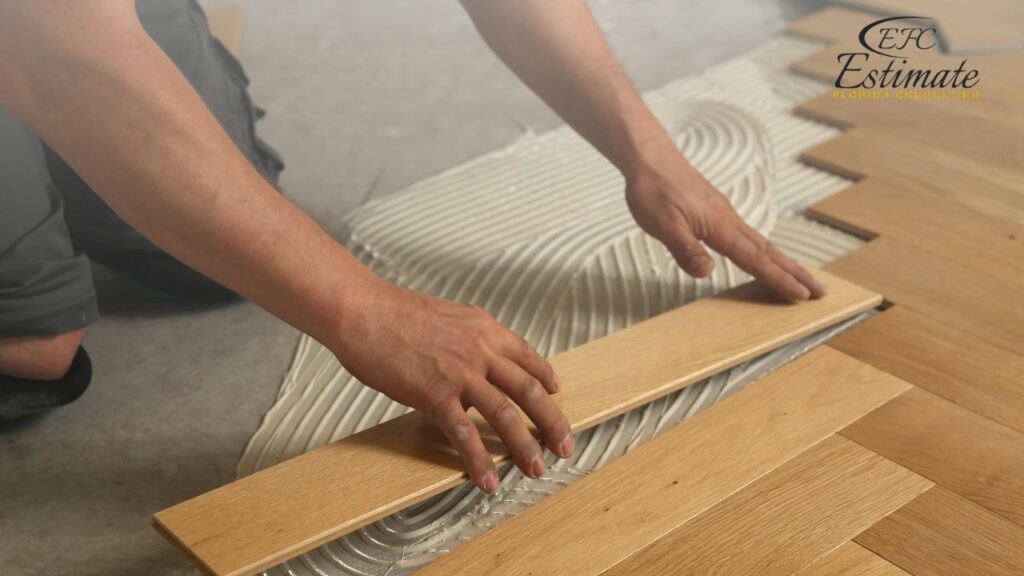
Prioritizing materials with longer lifespans and lower maintenance requirements can result in substantial cost savings over the lifecycle of the flooring. By considering factors such as durability, resistance to wear and tear, ease of maintenance, and long-term performance, facilities can make informed decisions that align with their budgetary goals and operational needs. Investing in high-quality materials upfront, even if they come at a slightly higher initial cost, can pay off in the long run by reducing the frequency of repairs, replacements, and associated downtime expenses. Additionally, selecting materials with lower lifecycle costs helps minimize the total cost of ownership and ensures that the flooring investment delivers lasting value and performance for the industrial facility.
Begin by determining the total square footage of the area needing replacement. Next, consider the type of flooring material that best suits your office’s needs and aesthetic. Use the cost per square foot for your chosen material to calculate a rough estimate, and then factor in additional costs for installation, subfloor preparation, and potential furniture moving or storage. It’s wise to allocate a contingency fund for unforeseen expenses.
Evaluate the level of foot traffic, maintenance requirements, office aesthetics, durability, and budget. For high-traffic areas, consider durable materials like luxury vinyl tiles or commercial-grade carpeting. For executive areas or boardrooms, engineered hardwood or natural stone may offer a more upscale appearance. Consider the maintenance routine for each material to ensure it aligns with your facility management capabilities.
Yes, flooring installation can cause disruptions, but careful planning can minimize the impact. Consider scheduling the project during off-hours, weekends, or phased sections to reduce interference with daily operations. Communicate clearly with the installation team and office staff to manage expectations and timelines.
Phased replacement can be a strategic way to manage budget constraints and minimize operational disruptions. This approach allows you to spread the cost over time and prioritize areas based on their condition and functional necessity. However, it’s essential to plan the phases carefully to ensure a cohesive look across the office.
The lifespan of commercial flooring varies by material and usage. Commercial-grade carpeting can last 5 to 15 years, luxury vinyl tiles/planks around 10 to 20 years, and engineered hardwood and natural stone can last 20 years or more with proper maintenance. Regular care and prompt repairs can extend the life of your flooring.
Yes, many manufacturers now offer eco-friendly flooring options, including recycled materials, sustainably sourced natural materials, and low-VOC (volatile organic compounds) products. These options can contribute to a healthier indoor environment and may help your office achieve sustainability goals or certifications.
Work with a design professional or consult with flooring suppliers who offer a wide range of colors, patterns, and textures. Many modern flooring solutions are designed to mimic natural materials closely, providing flexibility in achieving the desired aesthetic without compromising on practical requirements or cost.
Here I am going to share some steps to get your flooring replacement cost for corporate office estimate report.
You can send us your plan on info@estimatorflorida.com
Before starting your project, we send you a quote for your service. That quote will have detailed information about your project. Here you will get information about the size, difficulty, complexity and bid date when determining pricing.
Our team will takeoff and estimate your project. When we deliver you’ll receive a PDF and an Excel file of your estimate. We can also offer construction lead generation services for the jobs you’d like to pursue further.

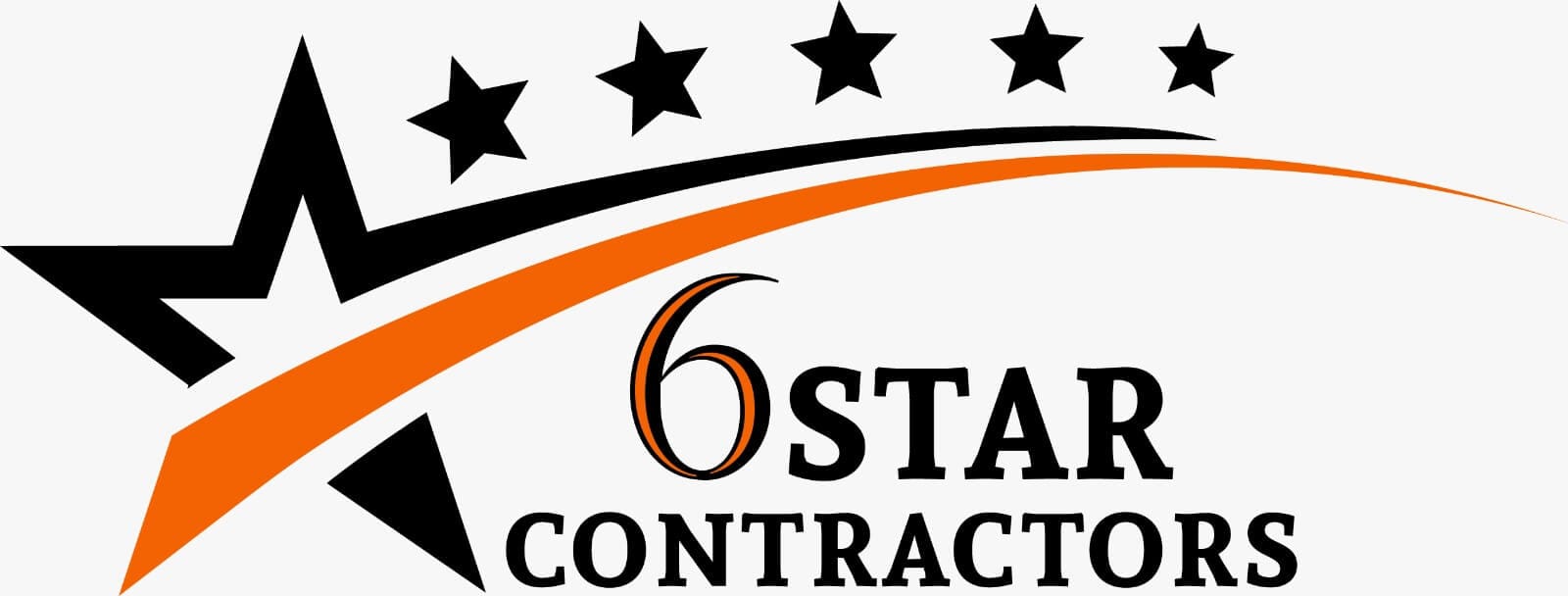

561-530-2845
info@estimatorflorida.com
Address
5245 Wiles Rd Apt 3-102 St. Pete Beach, FL 33073 United States
561-530-2845
info@estimatorflorida.com
Address
5245 Wiles Rd Apt 3-102 St. Pete Beach, FL 33073 United States
All copyright © Reserved | Designed By V Marketing Media | Disclaimer